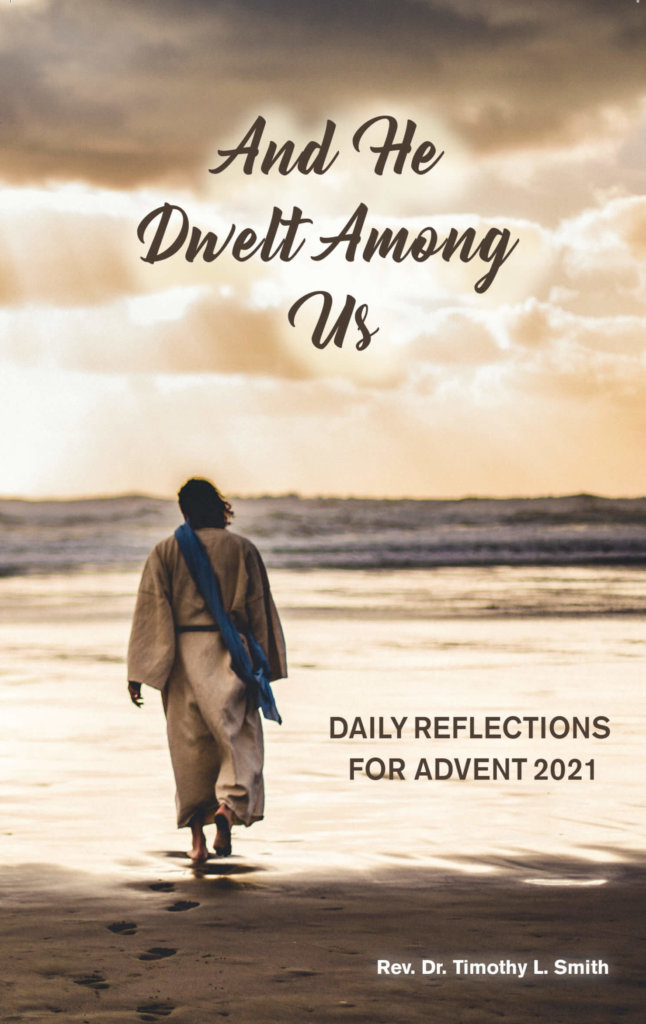PRAYER
Take a moment to become still, aware of God’s presence, and then pray:
Almighty and merciful Father, thank You for so loving the world that You gave Your only begotten Son to become one with us so that we might forever share in Your life and love. Cleanse the thoughts of our hearts by the inspiration of Your Holy Spirit so that we might hear and obey what You say to us. Amen
REFLECTION
So Jesus came out, wearing the crown of thorns and the purple robe. Pilate said to them, Here is the man!” When the chief priests and the police saw him, they shouted, “Crucify him! Crucify him!”
John 19:5-6
Ecce homo! “Here is the man!” Does Pontius Pilate realize what he is saying? Does he have a clue? Does he understand the world-changing significance of his words? Here is what God intended man to be, the perfect Man, the Man of men who will save us! After a close examination of Jesus and listening to witnesses, the fifth Roman prefect of Judea calls for attention: “Here is the man!” Pilate does not know that before Him stands the Son of God in human flesh, who has the power to command thousands of angels to rescue Him. There is a sense that Pilate invites all humanity to pay attention to this Suffering One, the Man!
On the Bible’s first pages Adam and Eve hoped for “a man” to save them from the bondage of sin and death (Genesis 4:1). Later, the prophet Daniel saw in a vision “one like a human being” to whom would be “given dominion and glory and kingship” (Daniel 7:13-14). Towards the end of the Old Testament period, God spoke through Zechariah about the Man He would be sending: “Thus says the LORD of hosts: Here is a man whose name is Branch: for he shall branch out in his place, and he shall build the temple of the LORD” (Zechariah 6:12).
With the words, “Here is the man!” Pilate unwittingly alludes to “Adam”, a Hebrew word meaning “man” and “humanity”. Here stands Jesus, crowned with thorns, the Perfect Man, the fulfillment of the Creator’s original intention. Scripture therefore regards Jesus, the man, as “the last Adam” (1 Corinthians 15:45), “the second man” sent by God to be head of the new humanity. “He is the root in whom the whole race has life, even as Adam is the root through which death has passed upon all.” (Daniel Thimmel, “Christ in Our Place in the Theology of John McLeod Campbell”, from Christ in Our Place, edited by Trevor Hart, Daniel Thimmel)
Jesus’ crown of thorns takes us back to Genesis and to sin’s curse, symbolized by “thorns and thistles” (Genesis 3:17-18). Jesus’ crown of thorns is the ultimate fulfillment of sin’s curse borne by Him, reminding us why He went to the cross. Blasphemous soldiers took a symbol of sin’s curse and fashioned it into a crown for the one who delivers us from that curse. Both Origen and Tertullian, two of the earliest Church Fathers, report that Jesus was crucified with that crown of thorns on His head. “The theological significance of the crown of thorns comes from the Evangelists’ understanding of it, not the intent of the mocking soldiers. The gospel writers knew, as do readers of all ages, that the crown of Jesus was woven from the elements of Adam’s curse.” (Patrick Reardon, The Jesus We Missed)
The depth of human sin is seen in the crucifixion of the Lord Jesus. When God came to us, we denied Him and nailed Him to a tree. Jesus makes that tree the Tree of Life for all who believe on Him. He is the second Adam who redeems the sin of the first Adam, so that we can sing, “Joy to the World”:
“No more let sins and sorrows grow,
nor thorns infest the ground,
He comes to make His blessings flow
far as the curse is found,
far as the curse is found.”
WORSHIP
Think back over the past 24 hours and note when you experienced a “high” and a “low”. Share with God how the humanity of Jesus might speak to you in what you experienced.


